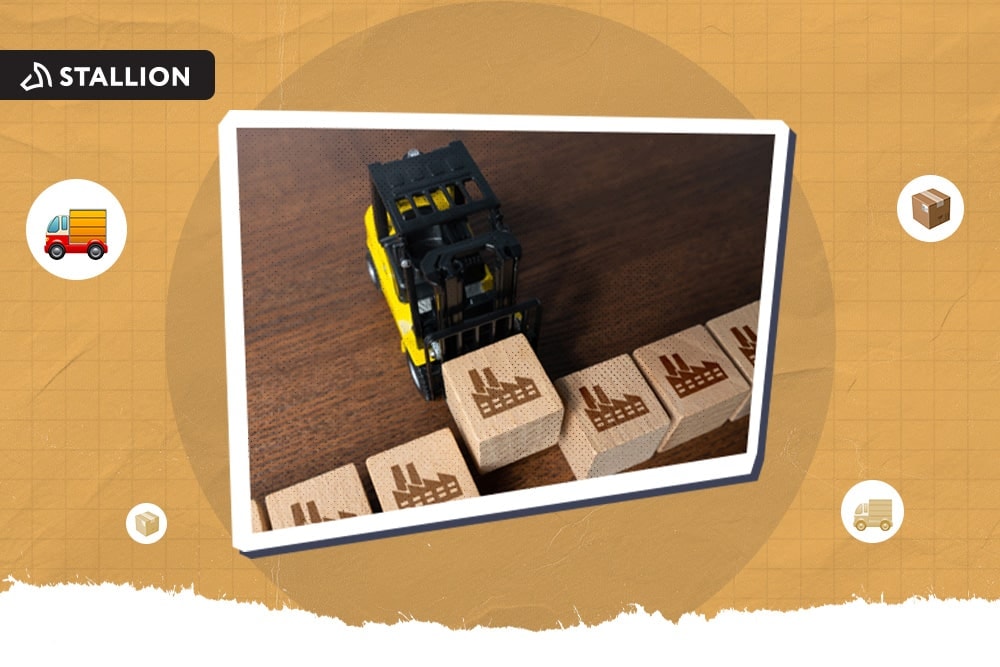
Order fulfillment is more than just shipping a product. It's a critical process determining customer satisfaction and business success. Every step needs to be efficient, accurate, and cost-effective. Without proper fulfillment management, delays, errors, and high shipping costs can negatively impact your online business.
But you don't have to worry because we've outlined 7 key steps to help you optimize your operations. These steps can streamline workflows, reduce errors, and improve customer retention.
Fulfillment management is the process of overseeing and coordinating all the steps involved in delivering a product to a customer.
This includes:
In simple terms, it's about making sure people get what they ordered, on time and in good shape. It's crucial for online businesses because if the fulfillment side isn't running smoothly, customers won't be happy. This, unfortunately, can hurt sales and reviews.
A lot of companies either handle it themselves or use third-party fulfillment services to take care of everything on their behalf.
When you order to reach customers quickly and accurately, everyone wins. Let's examine how getting order fulfillment right affects the fulfillment department and supply chain fulfillment.
A well-run fulfillment department directly impacts customer satisfaction. When your warehouse team processes orders quickly and accurately, customers receive what they ordered right away. As a result, you will receive fewer phone calls to customer service and more happy customers.
When your fulfillment department runs smoothly:
The result? Customers receive their purchases on time and in perfect condition, which builds trust in your brand and encourages repeat business.
Supply chain fulfillment looks at the bigger picture. It checks how products move from manufacturers to the warehouse and customers. When your supply chain works well, you'll always have popular items in stock and can adapt quickly to changes in demand.
A smooth supply chain means:
When customers can reliably get what they need when they need it, they're more likely to shop with you again rather than looking elsewhere.
Behind every successful delivery lies a carefully orchestrated process that turns a simple customer click into a package at their doorstep.
Let's walk through the essential stages that make up a successful order fulfillment operation—each one playing a vital role in getting products where they need to go and when they need to be there.
Also Read: Fulfillment Center: What Is It And How Does It Work?
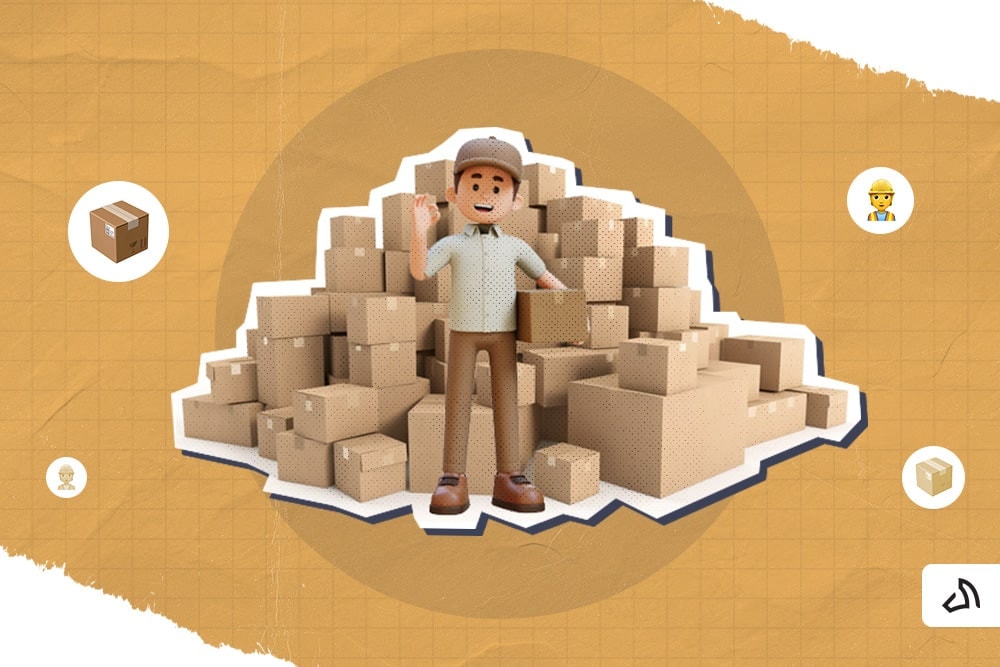
Inventory management is the process of tracking, storing, and organizing your products to ensure you have the right items in stock at the right time. Effective inventory management helps you:
Starting with simple tracking methods and gradually adopting advanced tools will help you scale your business efficiently.
There are plenty of options to optimize the inventory management system. You can start by implementing real-time tracking with inventory management software.
This helps you monitor stock levels accurately and prevent stockouts or overstocking. Another way is to use demand forecasting to anticipate sales trends and adjust inventory accordingly.
You can also adopt a First-In, First-Out (FIFO) strategy. It helps ensure you sell older stocks first, reducing waste from expired or outdated products.
However, there is no better way to avoid keeping older stocks than to conduct inventory audits regularly. You can do cycle counting to identify discrepancies in the numbers and maintain accuracy in the stock count.
Don't forget to create strong relationships with reliable suppliers. This professional bond can ensure timely restocking and reduce supply chain disruptions.
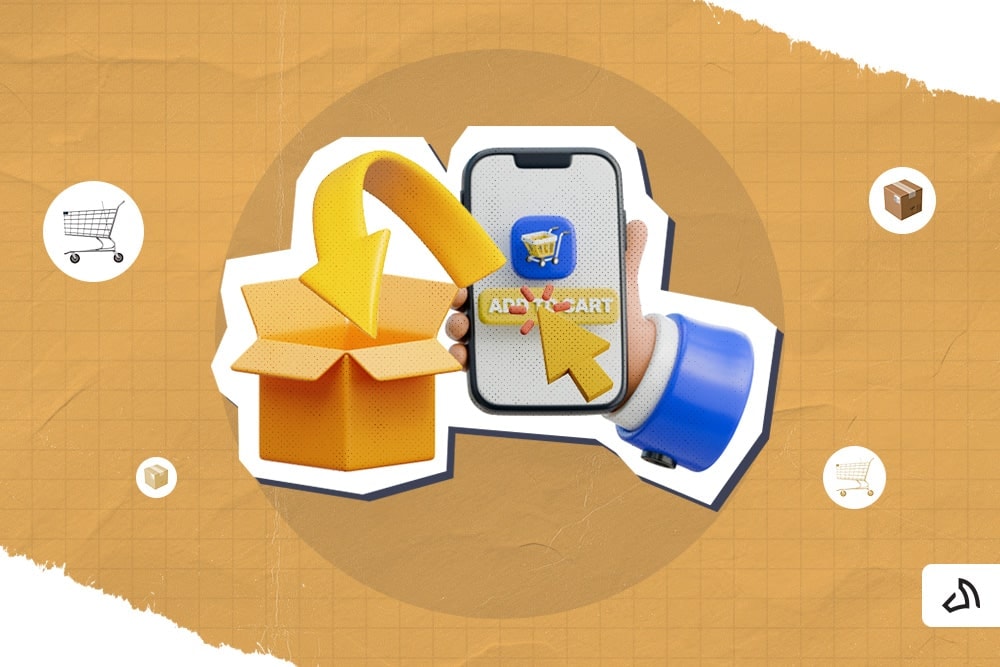
Once a customer places an order, it enters the order processing stage. Understanding this process is crucial for ensuring smooth operations and customer satisfaction.
The workflow typically includes
The system generates an order number and sends confirmation to the customer. By this time, order processing systems should flag any issues, such as back-ordered items. Then, the warehouse staff prioritize orders based on shipping methods or special handling requirements.
Efficient order processing ensures timely deliveries, reduces errors, and enhances customer experience.
You can automate key tasks for accuracy and efficiency to streamline the order fulfillment process. You don't have to verify each payment that comes into your system. Instead, you can integrate verification tools to confirm transactions right away.
Also, sync inventory management software to check real-time stock availability to prevent overselling or backorders. Use order fulfillment software or order management system (OMS) to generate order numbers, create digital records, and send automated confirmations to customers.
Remember to implement alerts for flagged issues, such as payment failures or out-of-stock items. This is very crucial because you want to resolve issues promptly. Most importantly, maintain clear communication with customers! Provide them with real-time updates on order status and any potential delays.
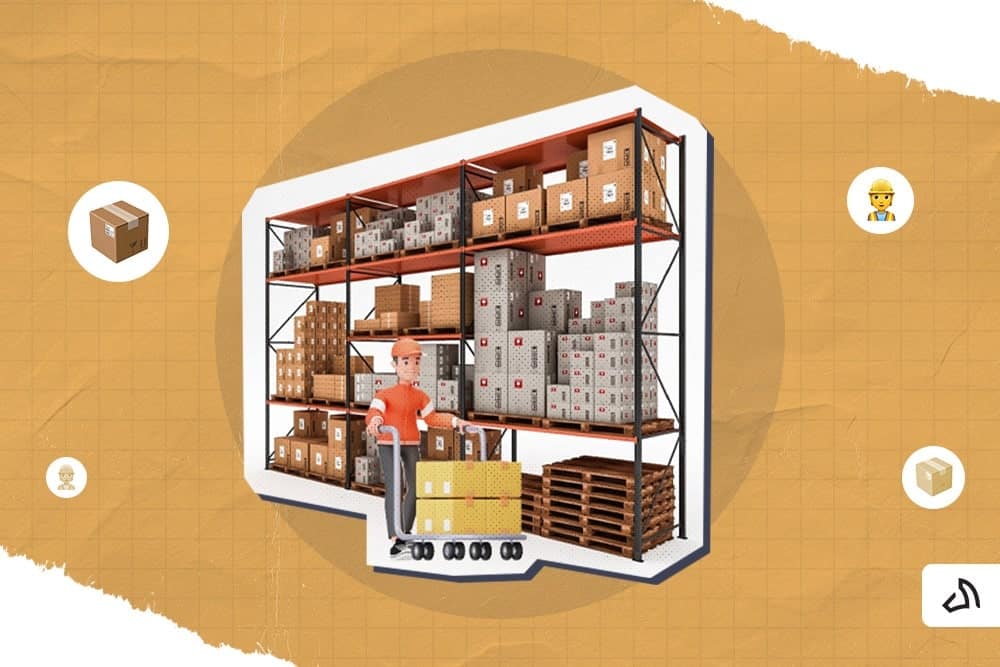
Order picking is where warehouse staff, also known as pickers, collect the items needed to fulfill each order. Pickers receive lists of products, locations, and quantities. Then, they navigate the warehouse to gather each item.
Picking can follow different methods based on warehouse size and order volume:
Effective order picking reduces fulfillment errors, minimizes delays, and enhances customer satisfaction.
To optimize the order-picking process for efficiency, start by organizing inventory strategically. Place high-demand items in easily accessible locations. Then, you can implement the right packing method based on order volume and warehouse layout.
You can use barcode or RFID scanners to reduce errors and speed up item verification. Optimize warehouse layout by minimizing travel distance between storage areas and ensuring clear pathways.
Equip workers with mobile picking devices to provide real-time order updates and navigation assistance. Additionally, consider using automation solutions like robotic pickers or conveyor systems. This will enhance speed and accuracy in high-volume operations.
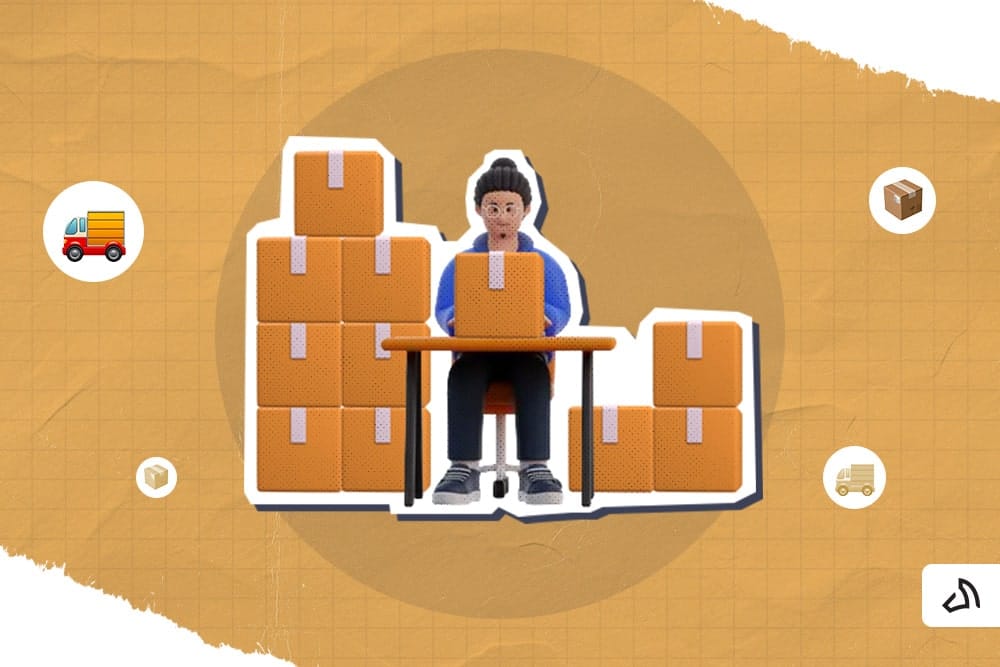
Packing and packaging are crucial steps in order fulfillment that ensure product protection. It also makes sure you can present your products professionally before they reach the customers.
Using durable materials, secure sealing, and appropriate cushioning ensures customer orders arrive in perfect condition. Efficient packing techniques also help reduce waste and lower shipping costs.
Start by choosing the right materials—use sturdy boxes and bubble wrap. You can also consider using eco-friendly alternatives, like soluble packing peanuts or reusable bags. These materials can protect items during transit. Then, optimize package sizing to reduce shipping costs and prevent excess waste.
Next, implement standardized packing procedures to ensure consistency and efficiency. Use secure sealing methods like reinforced tape to prevent tampering or damage. Also, incorporate branding elements like custom boxes, inserts, or thank-you notes to improve customer satisfaction.
Lastly, consider automatic packing processes. Tools like box-sizing machines or packing stations to increase speed and accuracy in high-volume operations.

Shipping and logistics is the process of transporting orders from your warehouse to customers. Managing this process well ensures timely deliveries and customer satisfaction.
Efficient shipping and logistics provide you with numerous advantages, including:
Start by partnering with reliable carriers that offer competitive rates and timely deliveries. Note that the cheapest option may not always be the best. For example, you may find a carrier that offers the lowest rates. However, the catch is they also have the slowest delivery times.
Next, use shipping automation tools to complete certain tasks for you like generating labels, tracking shipments, and managing orders.
Then, offer multiple shipping options to meet customer demands. For starters, you can start with these three options:
Implement real-time tracking and notifications to keep customers informed and reduce delivery-related inquiries. Additionally, leverage data analytics to identify bottlenecks, optimize delivery routes, and reduce shipping costs.
But, most importantly, ensure strong communication with carriers and fulfillment teams. This can help you resolve delays and improve overall logistics efficiency.
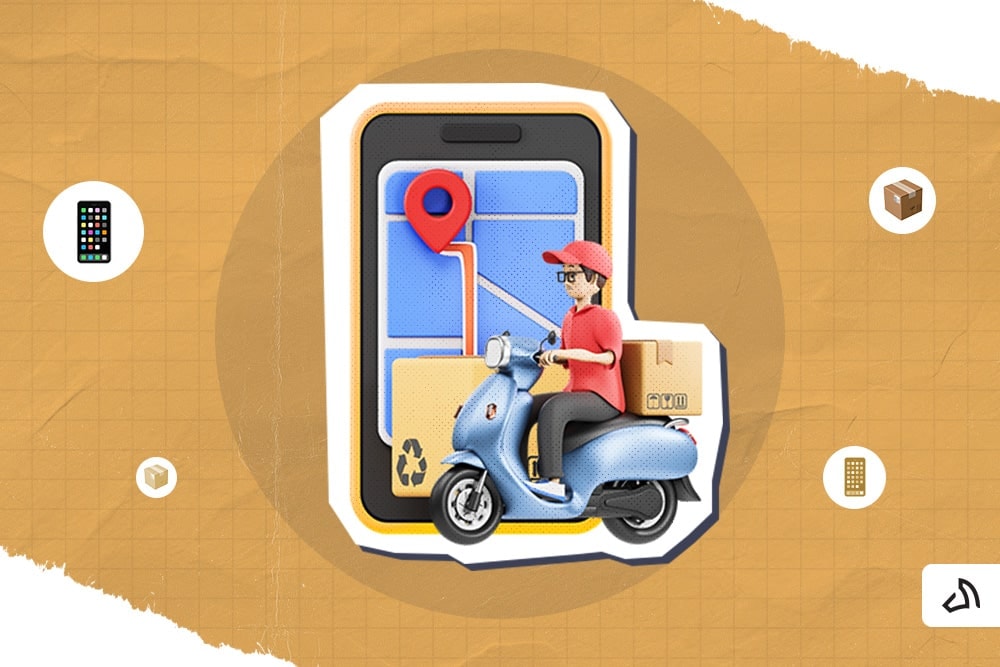
Order delivery is the final mile of getting products into customers' hands. While often handled by third-party carriers, businesses must still do the following:
The customers receiving the packages should receive tracking information and delivery dates. They should also know when transit delays happen. Successful delivery confirms that the fulfillment process has reached its primary goal.
By focusing on efficient delivery processes and proactive communication, you can enhance customer experience and build a strong reputation for reliability.
To improve order delivery, make sure to work with trusted carriers.
These are just some factors you must consider when choosing a shipping partner. But, apart from that, they should be able to help you provide flexible delivery options to customers. These options should also come with real-time tracking so customers can check their orders and get updates.
Also, these shipping carriers should plan delivery routes wisely to avoid delays. In case issues arise, you should also want the carrier to resolve lost or damaged shipments through helpful customer support.
Meanwhile, your job is to verify addresses to prevent mistakes. You can install a verification tool in your system to ensure all addresses are real and correct. Most importantly, listen to customer feedback and keep improving your delivery process.

Note that the fulfillment process doesn't end at delivery. It still includes managing returns and providing customer support. A streamlined returns process handles various tasks, including:
In addition, customer service teams address questions about orders, shipping delays, or product issues. This final step closes the fulfillment loop and contributes significantly to customer satisfaction and retention through responsive problem-solving.
Start with a simple, clear return policy that customers can easily understand. Specify to them what they can return, when, and how. Then, create a user-friendly online returns system. Note: Provide a platform that doesn't frustrate customers with complicated steps.
After that, make returns convenient by offering prepaid shipping labels. You can also consider providing different ways to return items. Use automation to send tracking updates and process refunds or exchanges quickly.
Train your service team to be helpful and understanding when handling returns. They should ask customers about their return experience to spot patterns and fix problems. However, the most important thing is to prevent returns in the first place. This can happen with accurate product descriptions and quality checks before shipping.
Mastering order fulfillment and supply chain management is essential for delivering a seamless customer experience. With these steps, you can also decide whether you can use outsourced fulfillment for your entire process.
Even if you manage fulfillment in-house or partner with a third-party provider, ensuring efficiency at every stage will help you drive long-term success.
Seamless supply chain management is the key to exceeding customer expectations. With Stallion, you gain a reliable logistics partner that optimizes every step of your fulfillment process. We create an efficient fulfillment process—from inventory management to last-mile delivery.
Our streamlined solutions ensure that:
We use advanced tracking, automated shipping tools, and strong carrier partnerships to help businesses reduce delays, cut costs and enhance customer satisfaction.
Plus, you can scale easily and ship all over Canada, to the US, and internationally.
Stay ahead of the competition and build a trusted brand with a supply chain strategy designed for success.

Candy Rada is a dedicated professional with tons of experience in content writing for the shipping industry. As a literature degree holder, she excels in creating engaging content with strategies that enhance brand visibility. She enjoys playing with her cats, reading dystopian books, and joining trivia games in her free time.
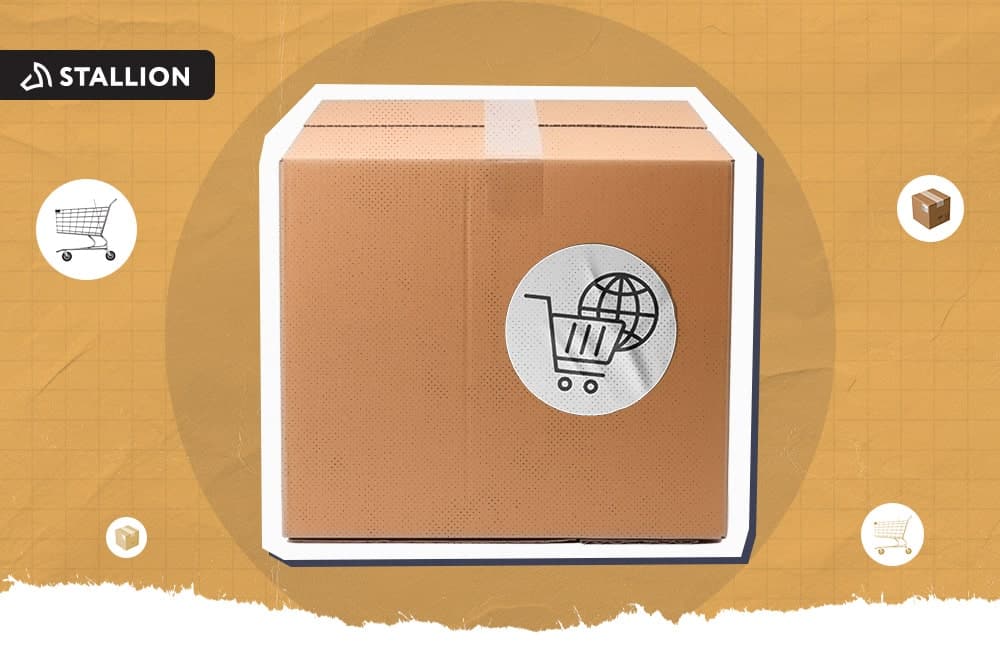
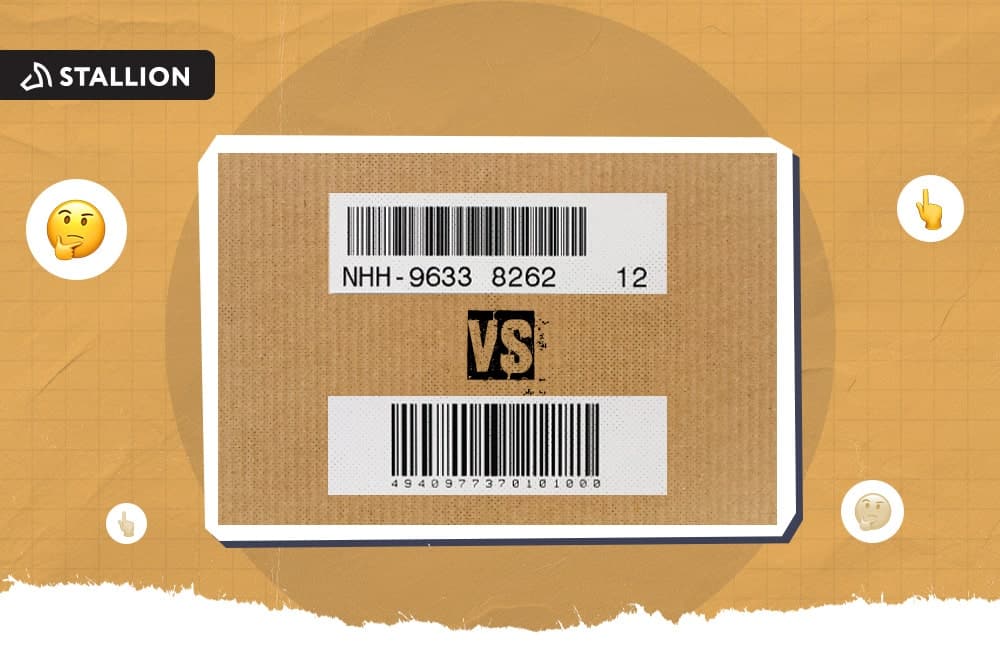
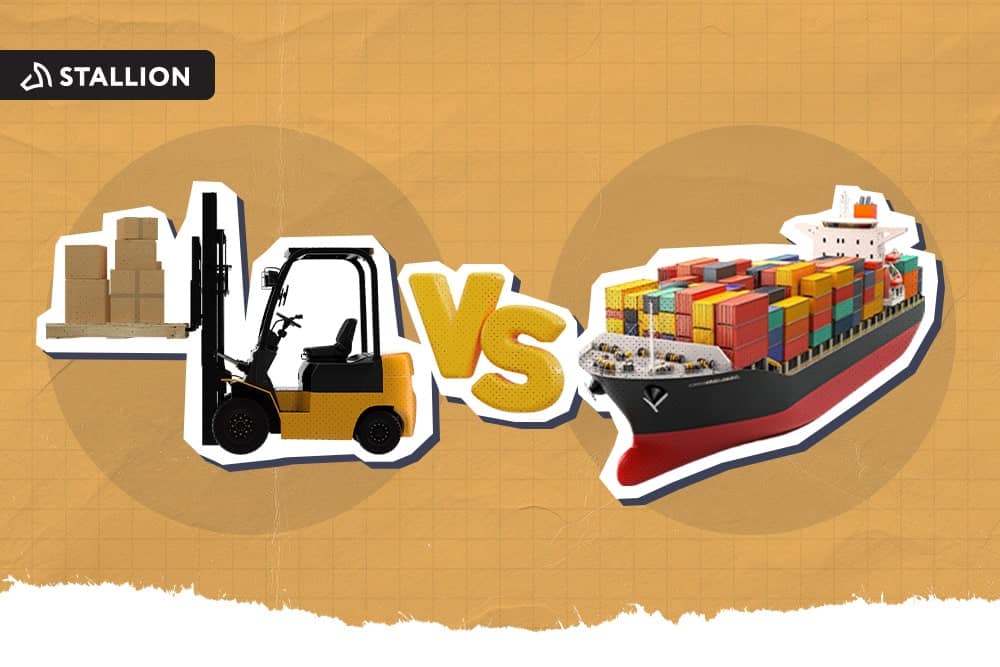
Can our fellow Torontonians relate?
-
#smallbusiness #business #entrepreneur #socialmedia #shipping #ecommerce #canadianecommerce #shopify #poshmark #b2b #saas #etsy #ebay #canada #canadiansmallbusiness #shoplocalcanada #entrepreneur
#toronto

Here’s your quick hassle free shipping from 🇨🇦 to 🇺🇸 as a business owner!
-
Any questions?! Leave them 👇🏻 and save this video so you don’t forget!
-
#smallbusiness #business #entrepreneur #socialmedia #shipping #ecommerce #canadianecommerce #shopify #poshmark #b2b #saas #etsy #ebay #canada #canadiansmallbusiness #shoplocalcanada #entrepreneur

Meet @drinkbenny a 🇨🇦 female founded energy drink brand! Instead of focusing on their products, they’re taking a unique approach by hosting in person events in different Canadian cities to offer an experience for their community 🧡
-
What are your thoughts on in person events? 💭
-
#smallbusiness #business #entrepreneur #socialmedia #shipping #ecommerce #canadianecommerce #shopify #poshmark #b2b #saas #etsy #ebay #canada #canadiansmallbusiness #shoplocalcanada #entrepreneur

Do you know the difference between DDU and DDP when shipping internationally 🌏 ?
-
Questions? Leave them below! 👇🏻
-
#smallbusiness #business #entrepreneur #socialmedia #shipping #ecommerce #canadianecommerce #shopify #poshmark #b2b #saas #etsy #ebay #canada #canadiansmallbusiness #shoplocalcanada #entrepreneur

Here’s a quick hack to save time from choosing multiple postage options
↪️ Turn on the lowest postage rate automation to save you time!
-
Questions? Leave them below! 👇🏻
-
#smallbusiness #business #entrepreneur #socialmedia #shipping #ecommerce #canadianecommerce #shopify #poshmark #b2b #saas #etsy #ebay #canada #canadiansmallbusiness #shoplocalcanada #entrepreneur
